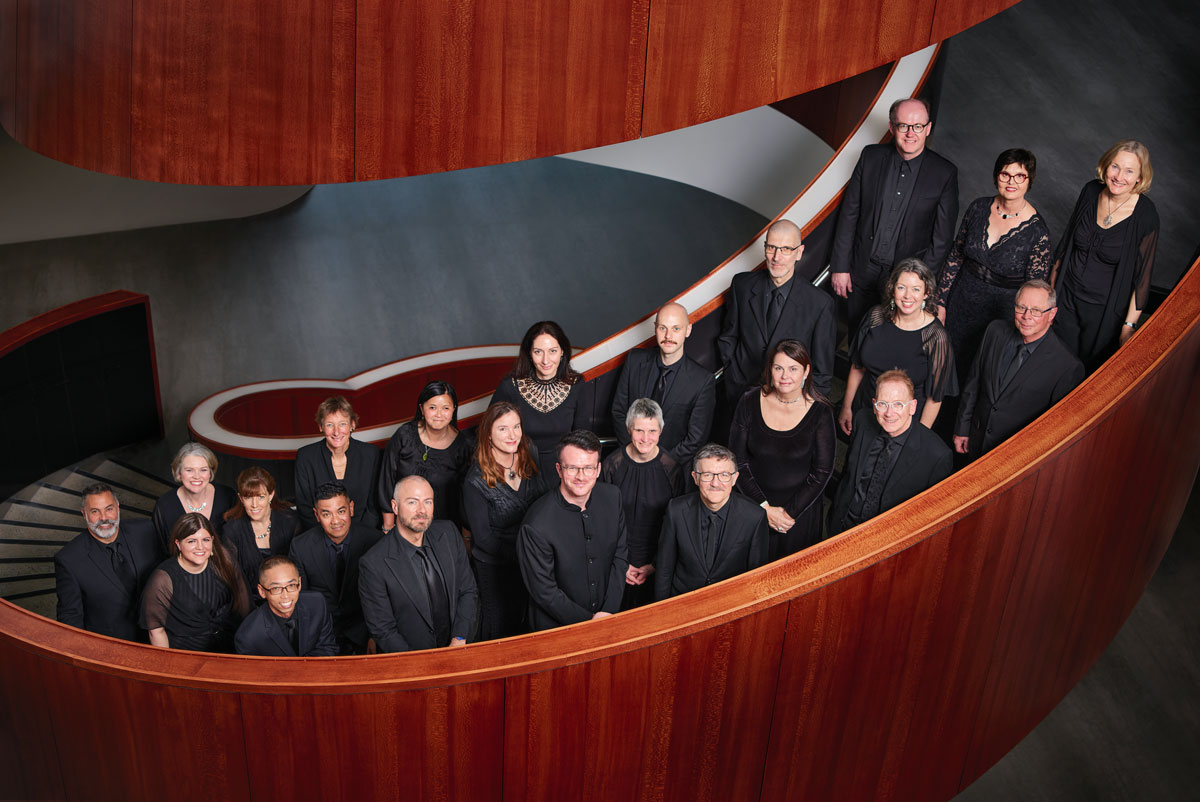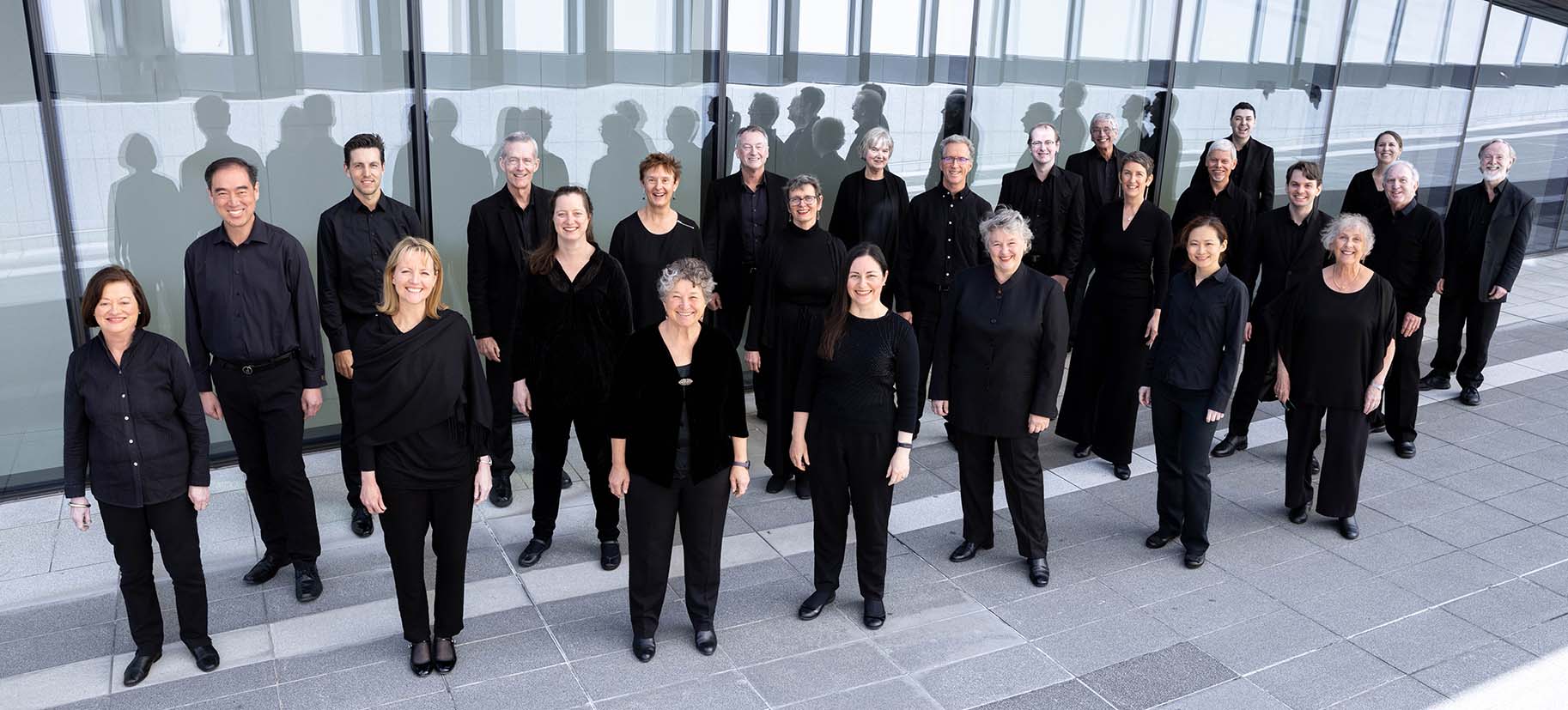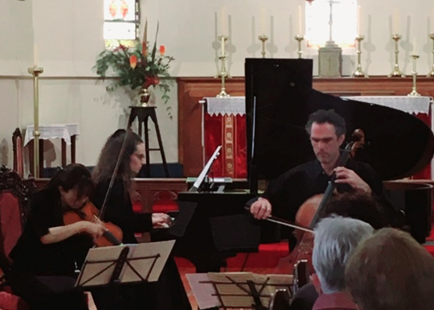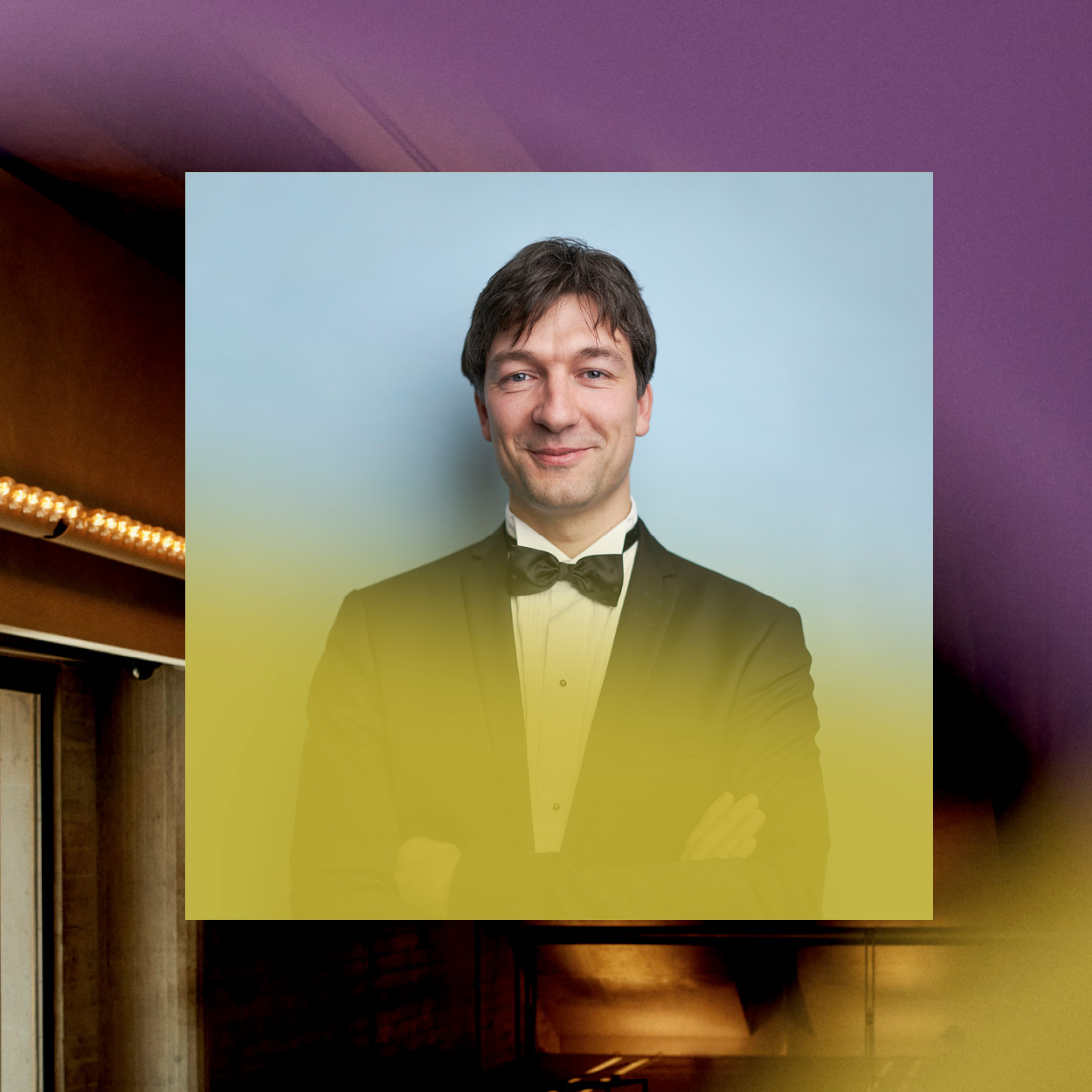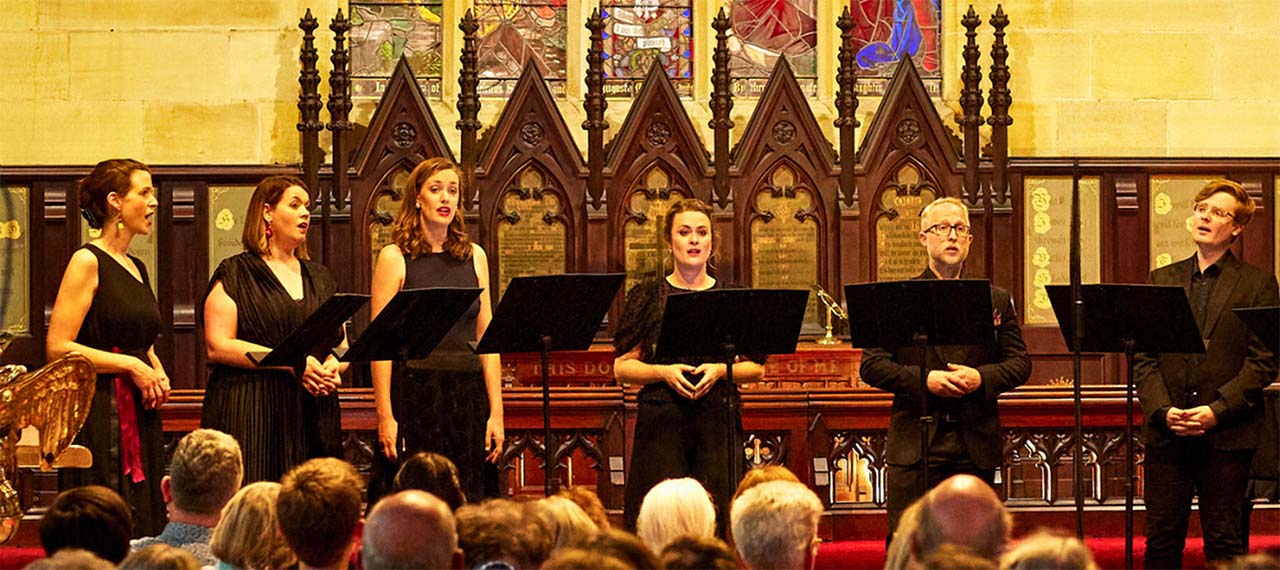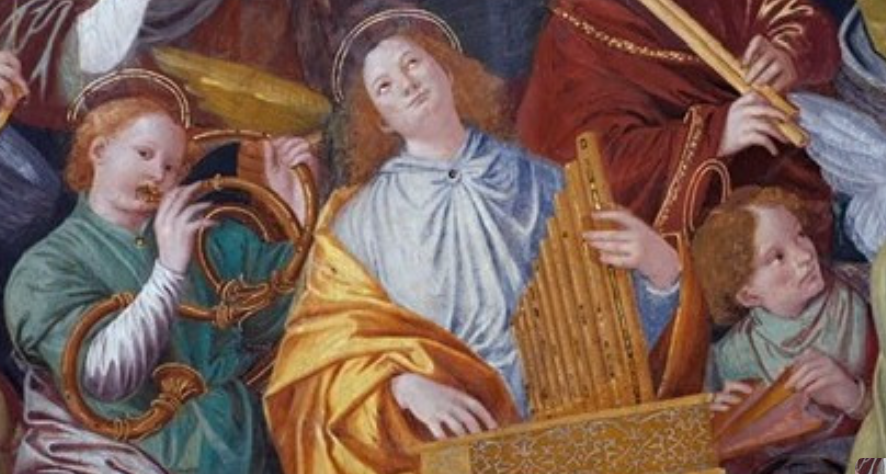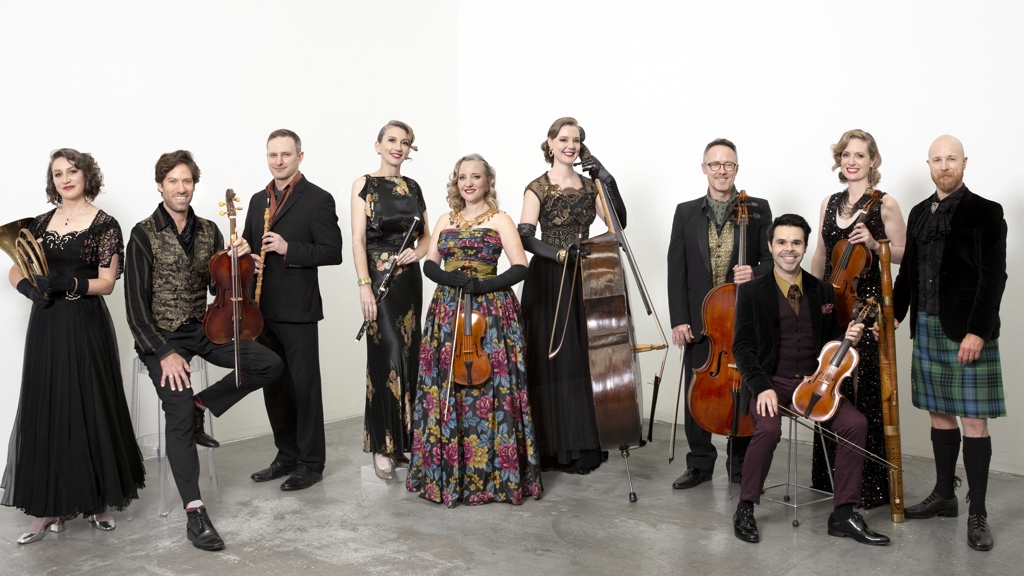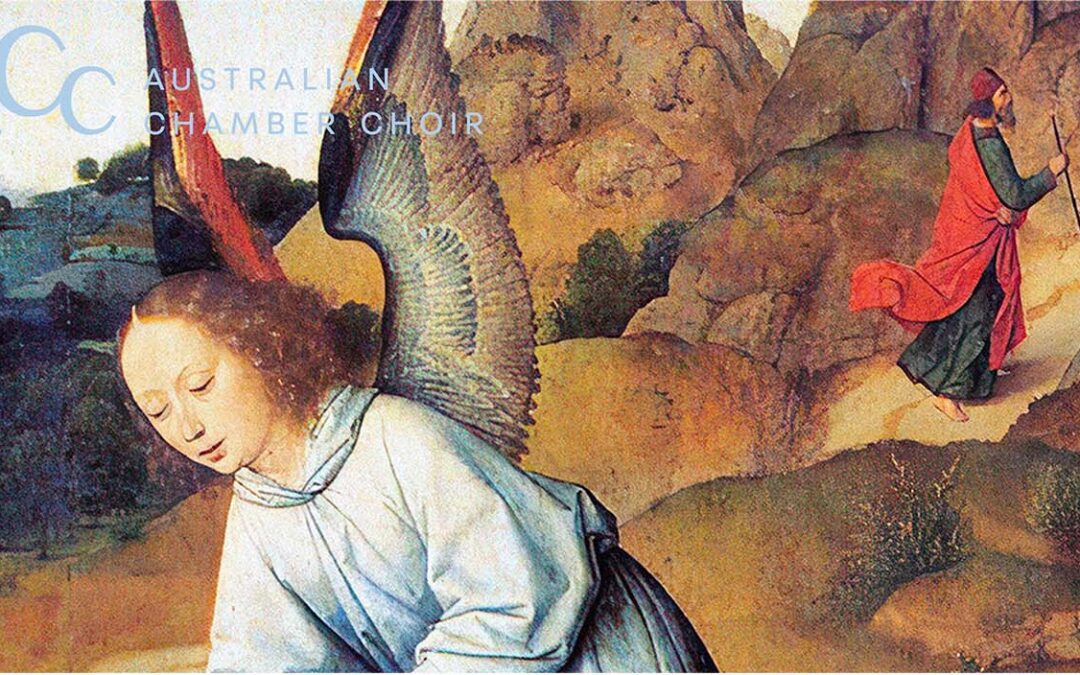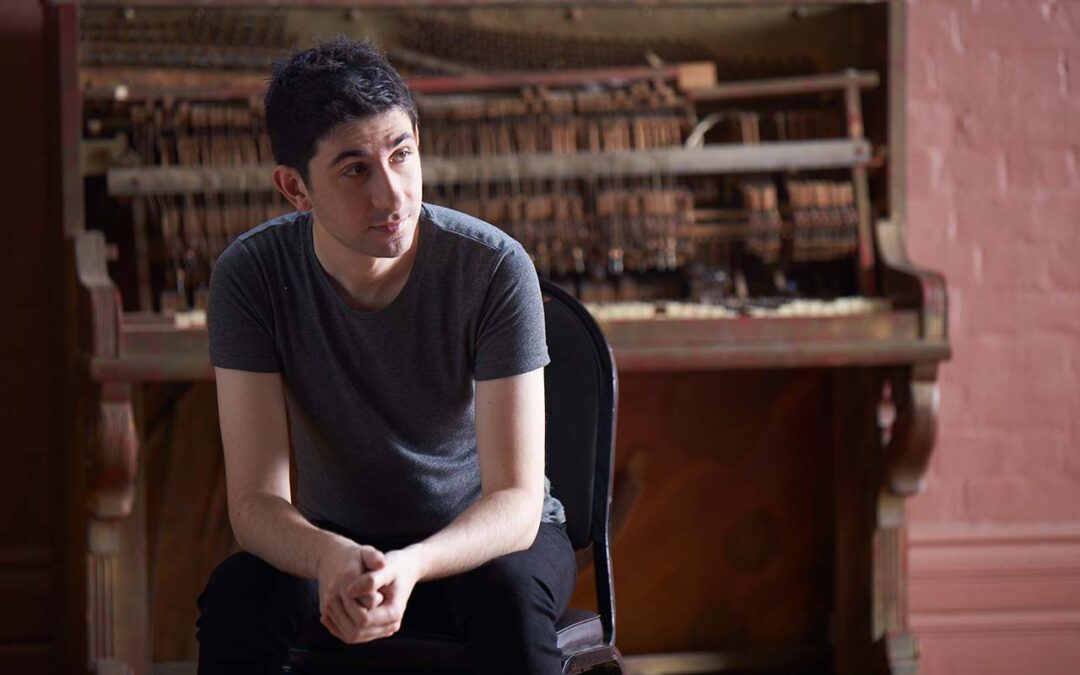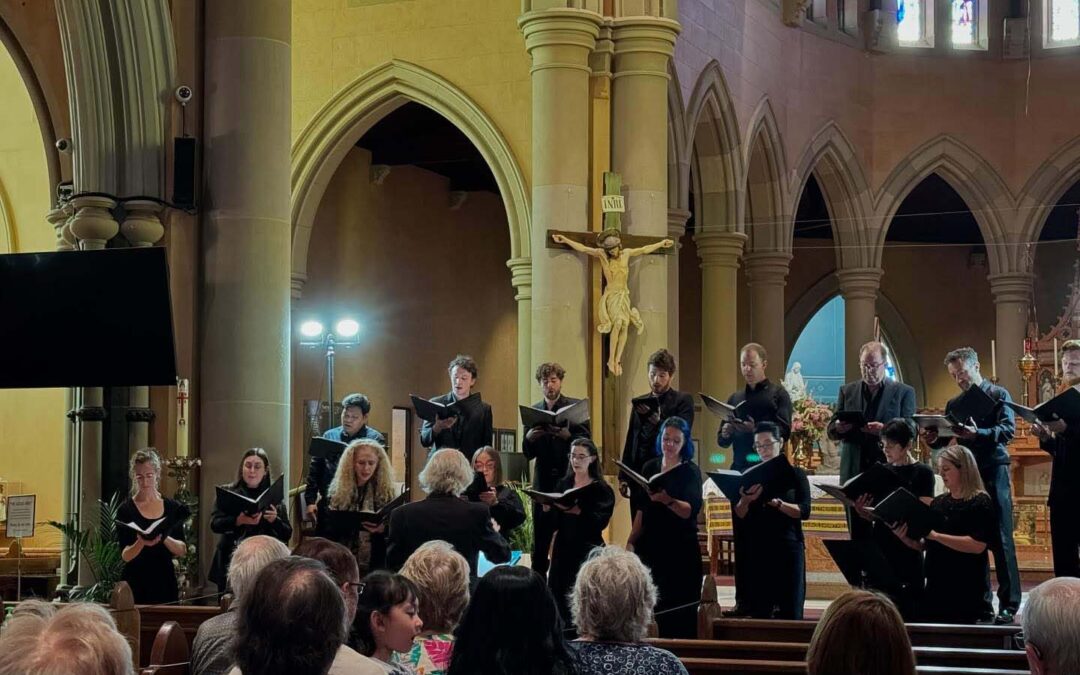I’ve been to enough Consort 8 concerts to know three things about them. Firstly, the standard of performance is tops – fabulous recorders, skilful playing of viols, lutes and theorbo, and where else are you going to get a gaggle (or whatever the collective noun is) of sackbuts? Secondly, the program will contain more than a dozen pieces by composers I’ve generally not heard of and which Artistic Director Sue Christie has dug out of some obscure source material. Or transcribed herself from a YouTube video because no score can be found despite a wide search! And thirdly, there is always a surprise. The unexpected last night came in the form of a talented young singer from Santa Sabina (Consort 8 has a professional relationship with the school). Antoinette Ayoub is a Year 12 student whose voice is angelic – pure, firm, and expressive. After hearing her singing Salve Regina by Vaet I’m sure many hoped as I did that this will not be the last time Consort 8 includes her in a concert. What a treat!
Talking of singers of course, one must mention counter-tenor Tim Chung who is a member of Consort 8 (doubling as percussion extra when not singing). As always he brought us the secular songs of the love-sick and forlorn (“Don’t let me die from courting you”), as well as spiritual works written by church-based composers, with his trademark clarity of diction and warm vibrant voice. I especially enjoyed Asola’s sacred motet for Maundy Thursday Christus Factus Est and Part’s Rejoice O Virgin Mary where he was supported by five recorders.
The primary focus of the program was Middle Ages (fourteenth century) to the seventeenth century. But another surprise was the inclusion of twentieth-century composers Arvo Part and Eric Satie. This was masterful programming – the selection of Fratres and Bogoroditze Djevo (Part), and Gymnopedie 1 (Satie) interlocked perfectly with the preceding pieces especially Mort en Merchy by fifteenth-century Franco-Flemish composer Binchois. It occurred to me that this (transcribed) piece was probably an Australian premiere. The Part/Satie selection was clearly of the same spirit and inspiration as that which followed, by the great JS Bach.
The program opener was a very spirited piece Amor Vittorioso by Italian composer Gastoldi of the late Renaissance. The sound of the drum commanded attention and I half expected some more instrumentalists to process in. This was followed by Gastoldi’s L’Innamorato with recorders, lutes, and voice.
As a recorder player I have a natural bias towards those items in the program that feature the recorder – at times five of them were playing, supported by viols. My favourite came early in the first half – Le Ray au Soleyl by Ciconia of the late Middle Ages. This is a devilishly tricky piece to play – a medieval attempt to do your head in, one might say. The first player begins with a fairly simple tune on alto; two basses join in with the same melody but at a slower pace. After a few bars, the second alto picks up the melody but playing it faster. So here we have three parts, same tune, different speeds and four players concentrating on keeping to their rhythm and not succumbing to someone else’s!! It was very impressive! I also enjoyed Mallorie’s Miserere, based on Psalm 51. Again, a difficult piece to pull off because of the interaction between the recorders, with one instrument playing a syncopated pedal note throughout. Another favourite featuring recorders was the Bach selection. The arrangement of the Chorale Prelude BWV 639 for three bass and one tenor recorder channelled the organ for which it had been written. The deeper pitched recorders are well suited to such transcriptions. This was followed by the Fugue BWV 553, originally written for keyboard (supposedly by Bach but now thought to be by one of his pupils).
Medieval music was often written for dancing – a favourite pastime and a perfect way to interact with the opposite sex and do a little flirting with the eyes and body movements. The dances were highly choreographed and involved steps and hops etc. Consort 8 chose to play a Saltarello which is rather more energetic with a particular form of leaping. The Latin root literally means ‘to jump’. Soprano and alto recorders played this at a very fast speed and I smiled as I pictured medieval maids with their high pointed headgear and flouncing skirts dancing and leaping in the village square.
Fratres was the title of the concert and in many respects, Part’s work was the core of the program. The various instruments – recorders and sackbuts, followed by three lutes, and back to the recorders – were supported throughout by a viol drone played expertly by Cathy Upex, with percussion maintaining a slow steady beat for two or three bars at regular intervals. There was almost the feel of a funeral procession about the piece, with its sombre and deeply spiritual element.
The inclusion of three sackbuts led by Michael Wyborn was a wonderful addition to the ensemble. A sackbut (Old French, literally ‘pull-push’) is the forerunner of the modern trombone, but with a sound that is soft and mellow and which does not overshadow the voice, recorders, or viols. They were showcased in particular in the three conzonettas by late sixteenth-century composer Banchieri. It is hard to imagine such a soft and gentle sound coming from a modern trombone. The four viols followed this with some joyous-sounding playing of Fantasy 6 by the English composer Jenkins. The sackbuts joined with lute, theorbo and viol for the Sonatas of Speer, a Polish composer of the seventeenth century.
Senfl’s secular song Was wird es doch closed the evening with all the instruments playing. The words set to this joyful and bouncy sixteenth century music include the line ‘As the whole world is full of cunning and overrun with infidelity’. We may say it a little differently in 2018 but it is a reminder that some things haven’t changed much in 500 years!
Oh …. and one other thing I can always count on – a very detailed program running to several pages. Always most appreciated!
Review for:
![]() Consort 8: Fratres| 12 May 2018 | St Paul’s Anglican Church, Burwood
Consort 8: Fratres| 12 May 2018 | St Paul’s Anglican Church, Burwood![]()

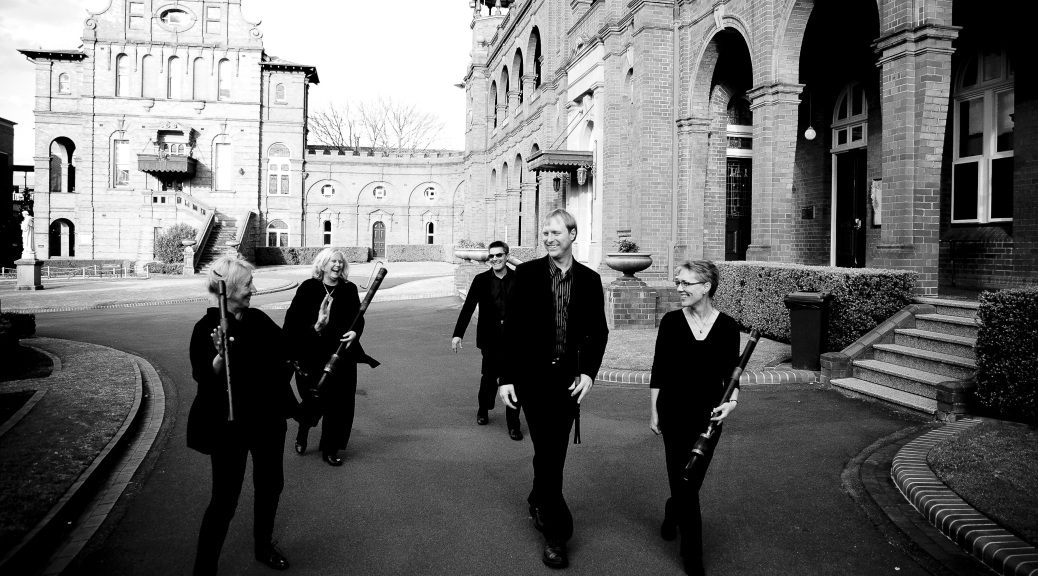




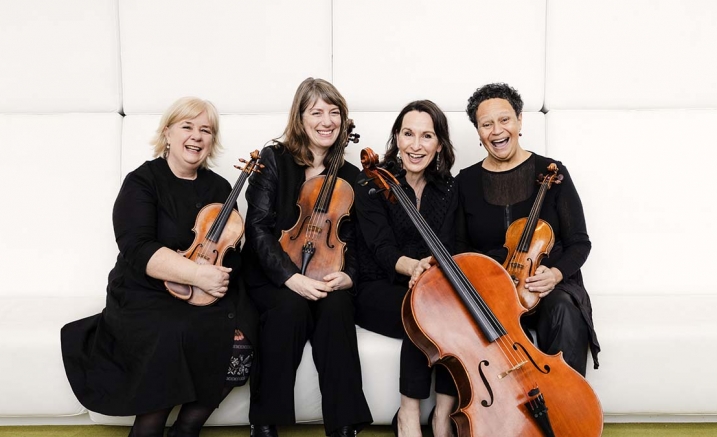


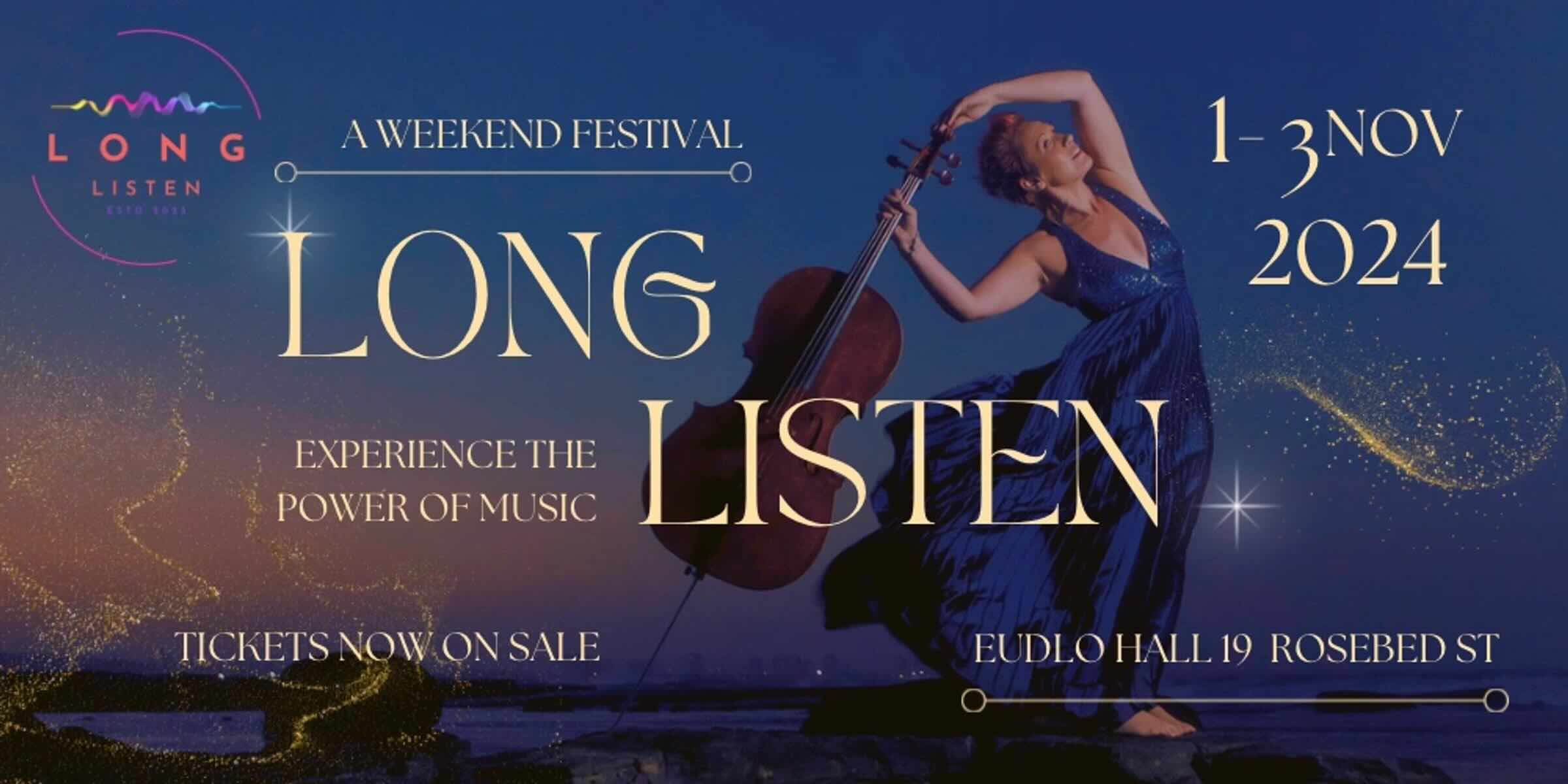
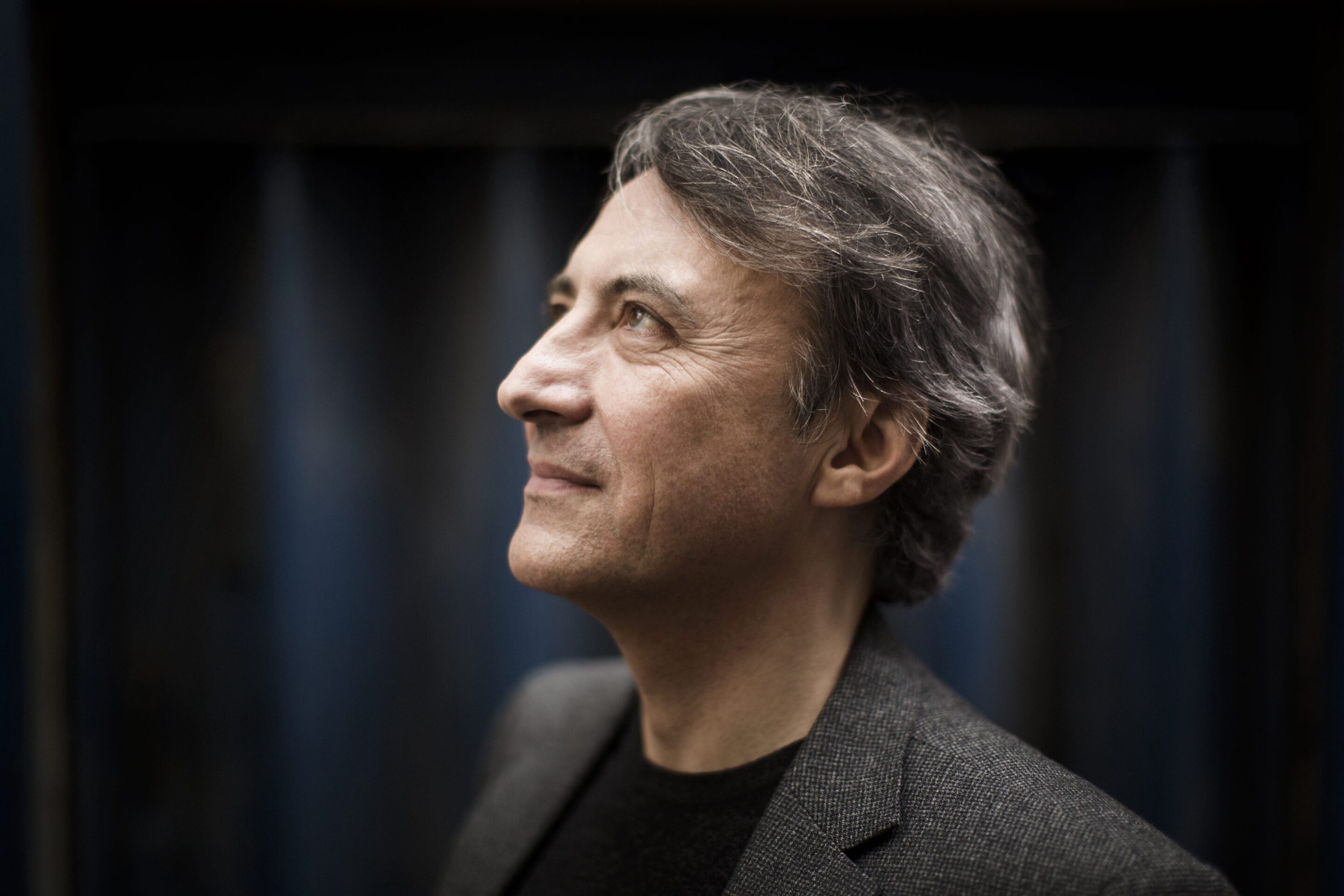

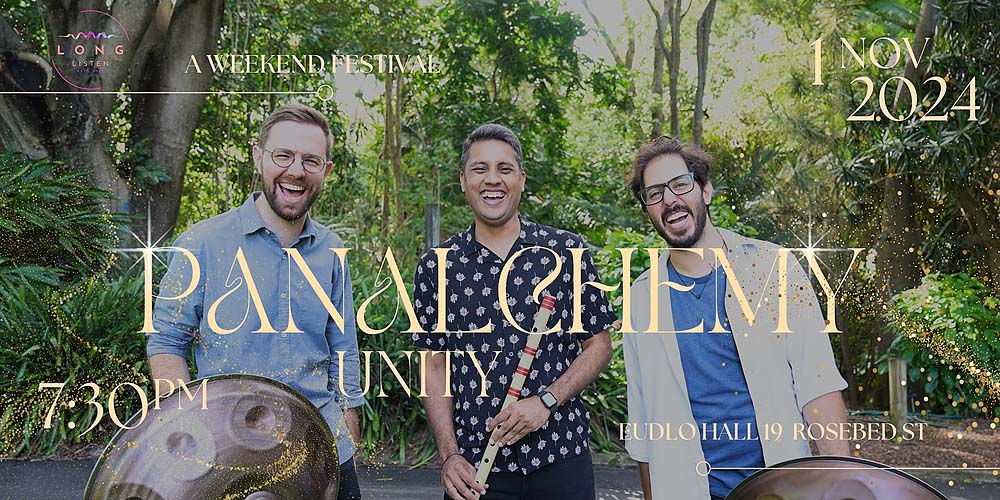

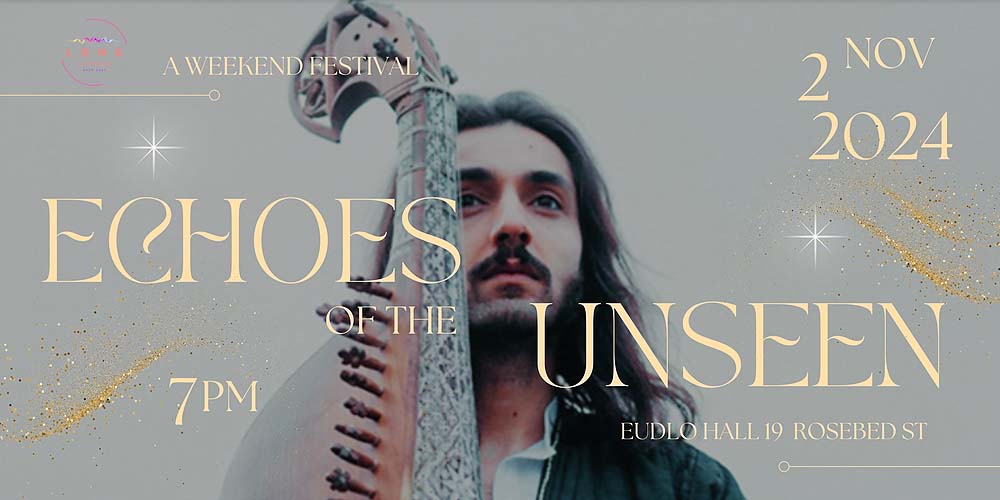
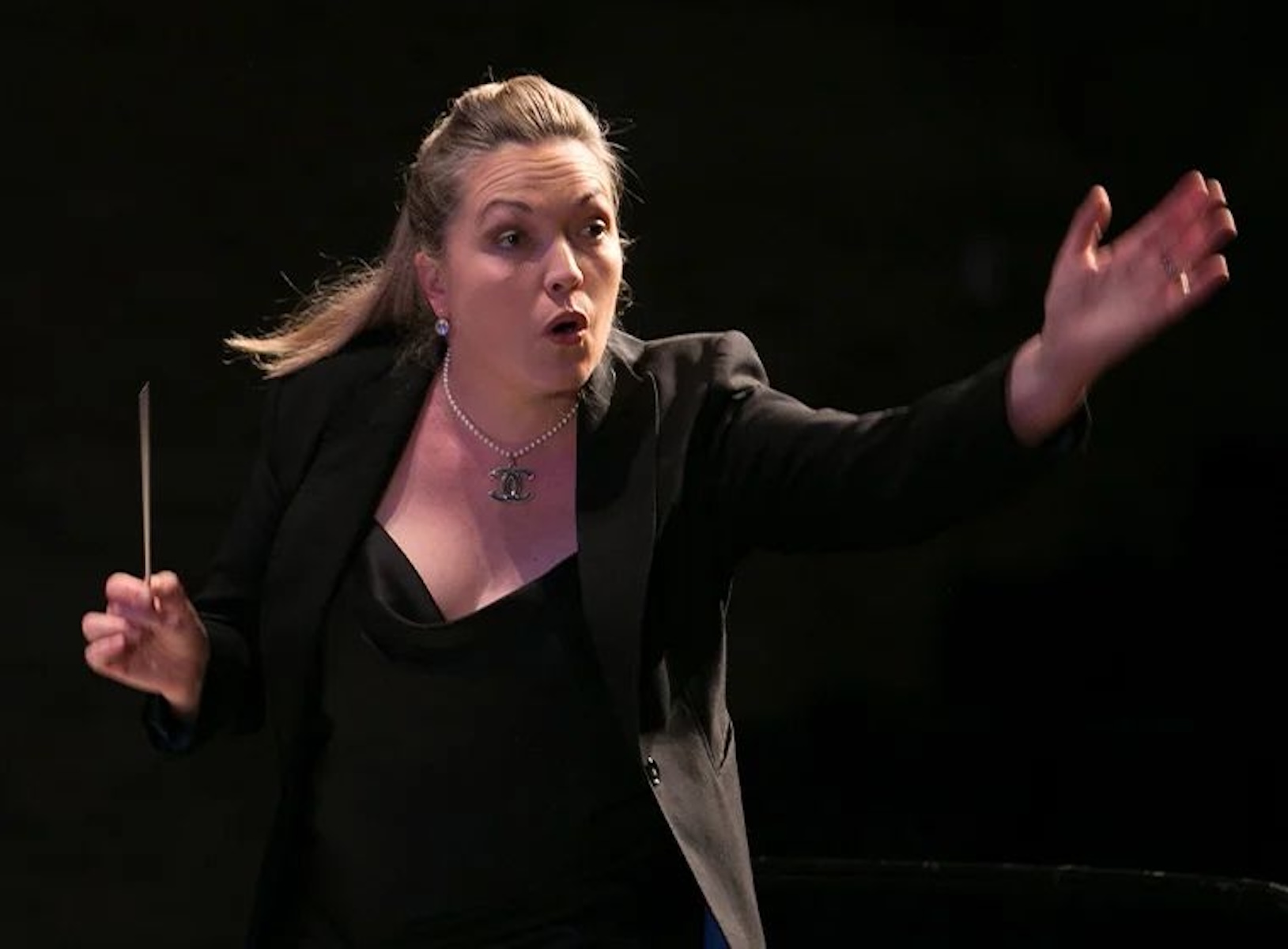
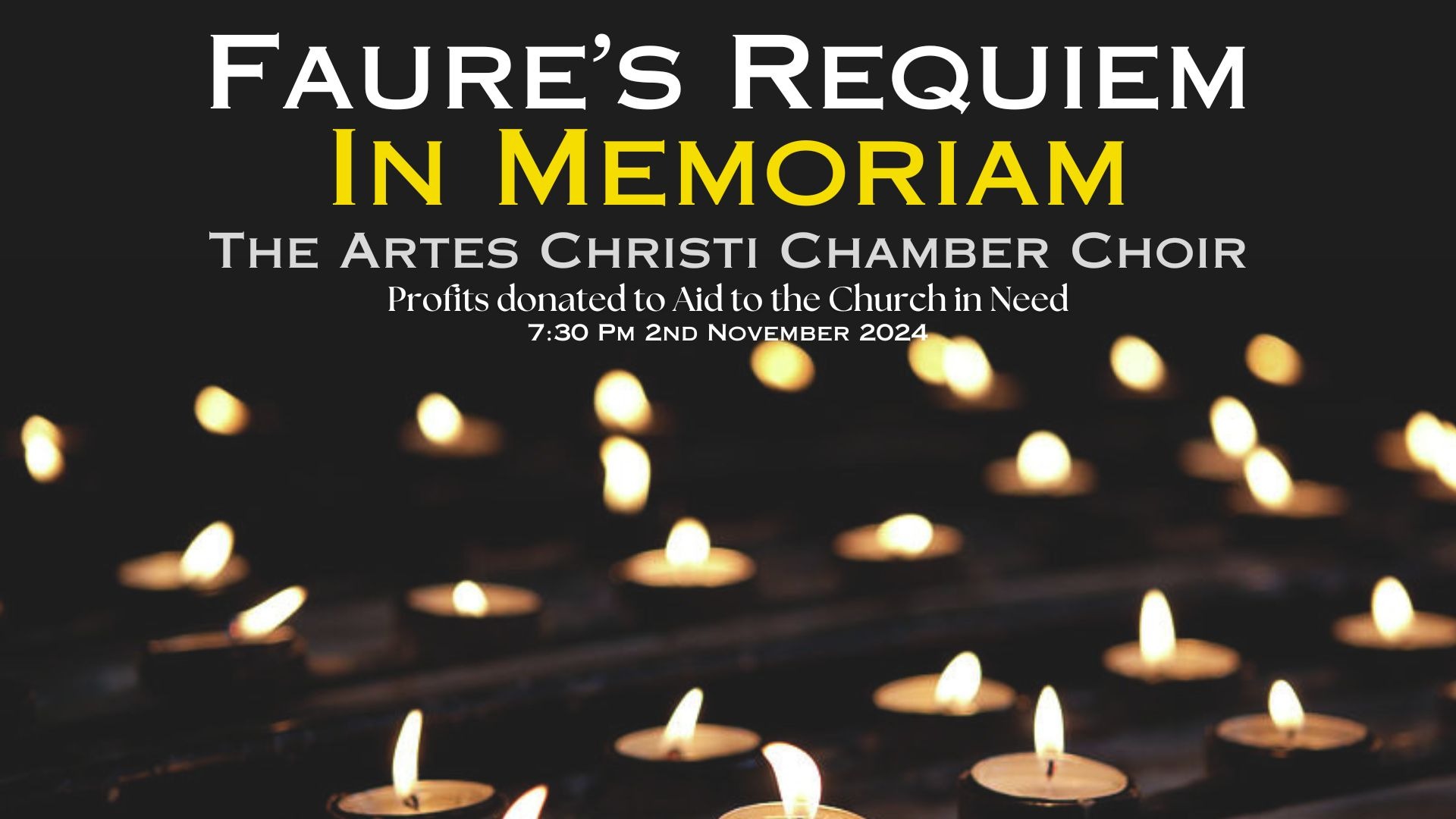
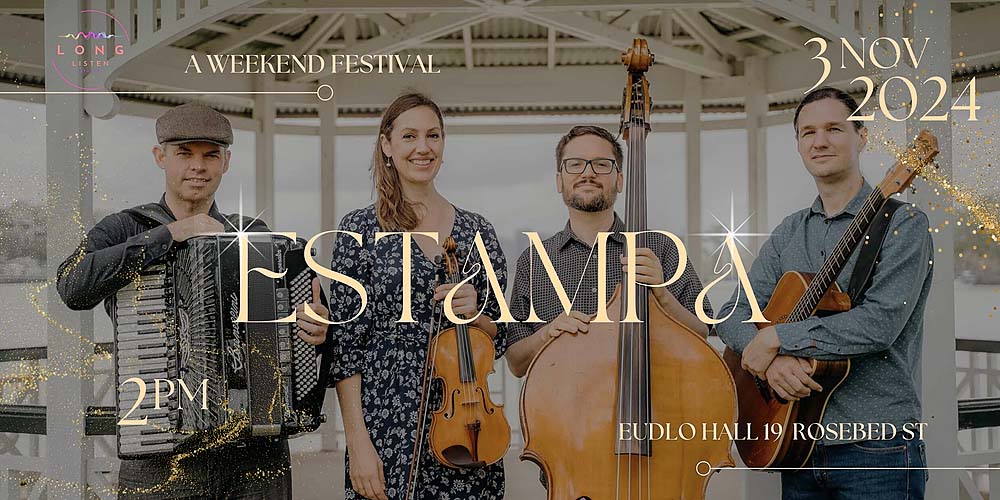





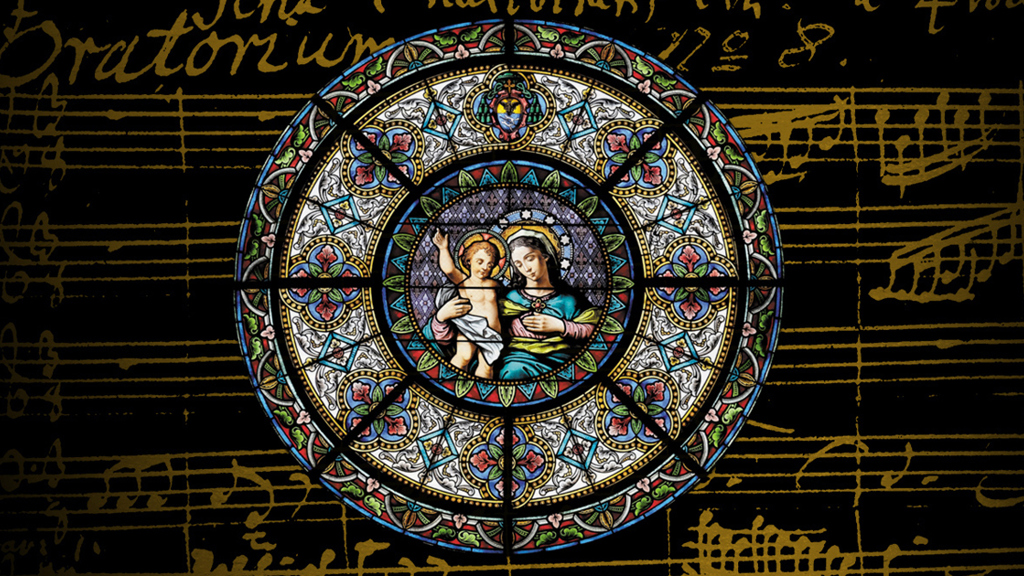
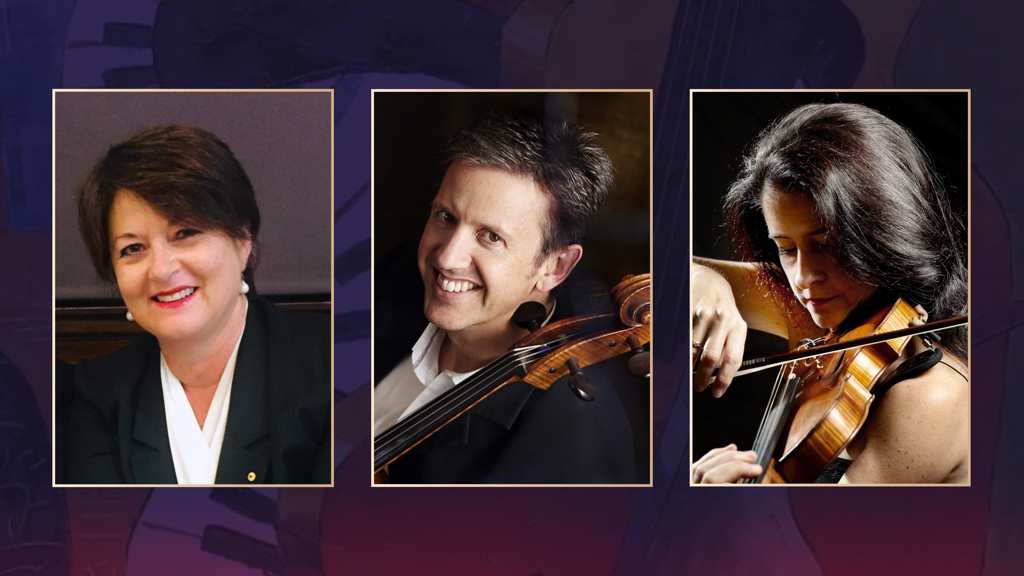

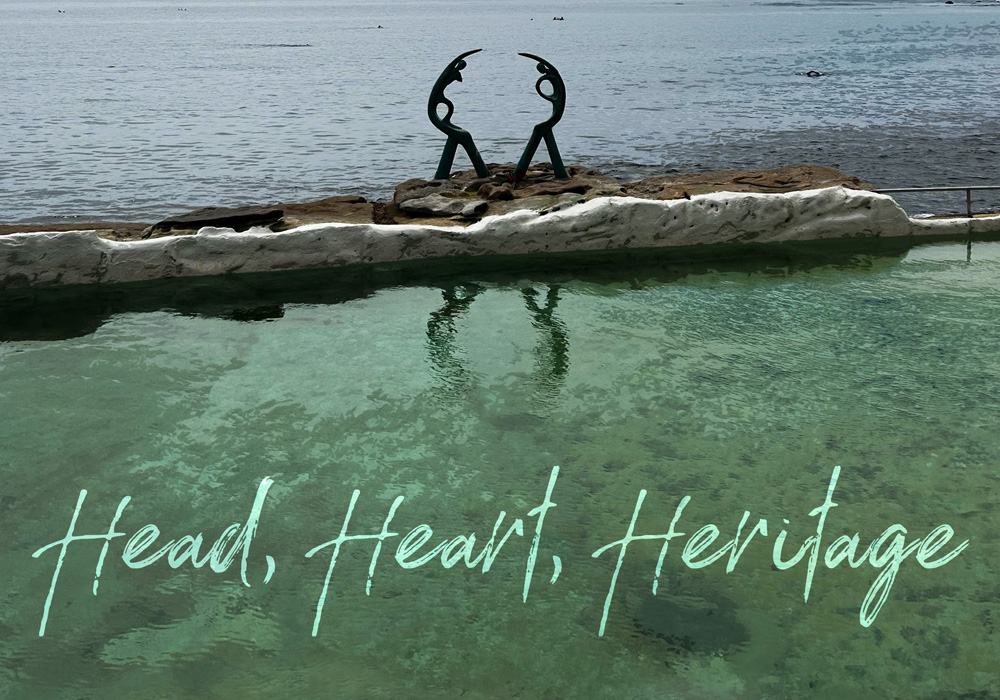
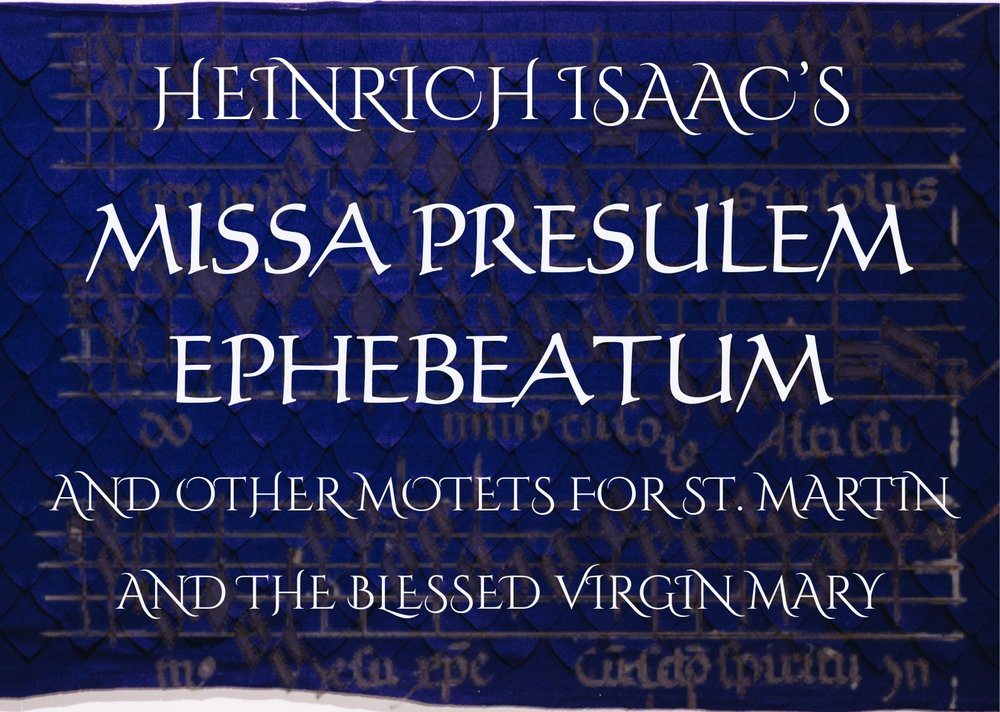

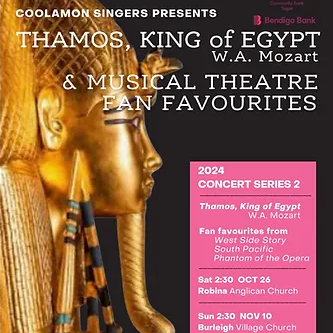
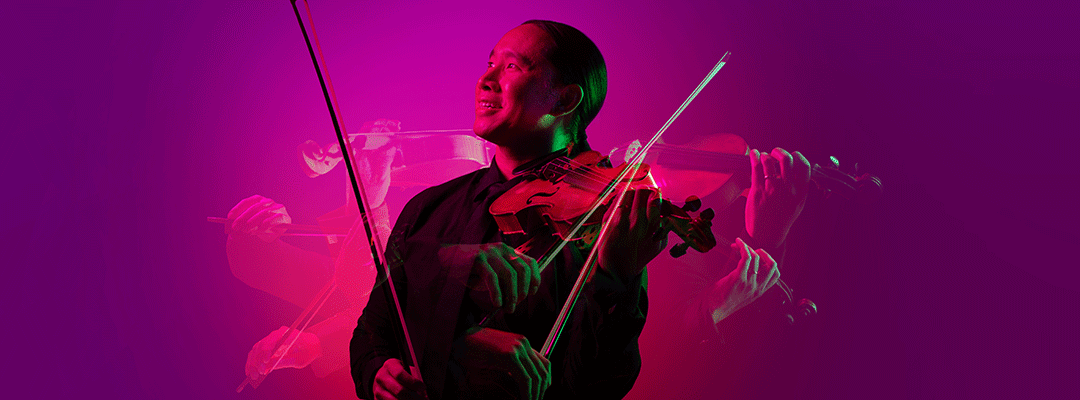


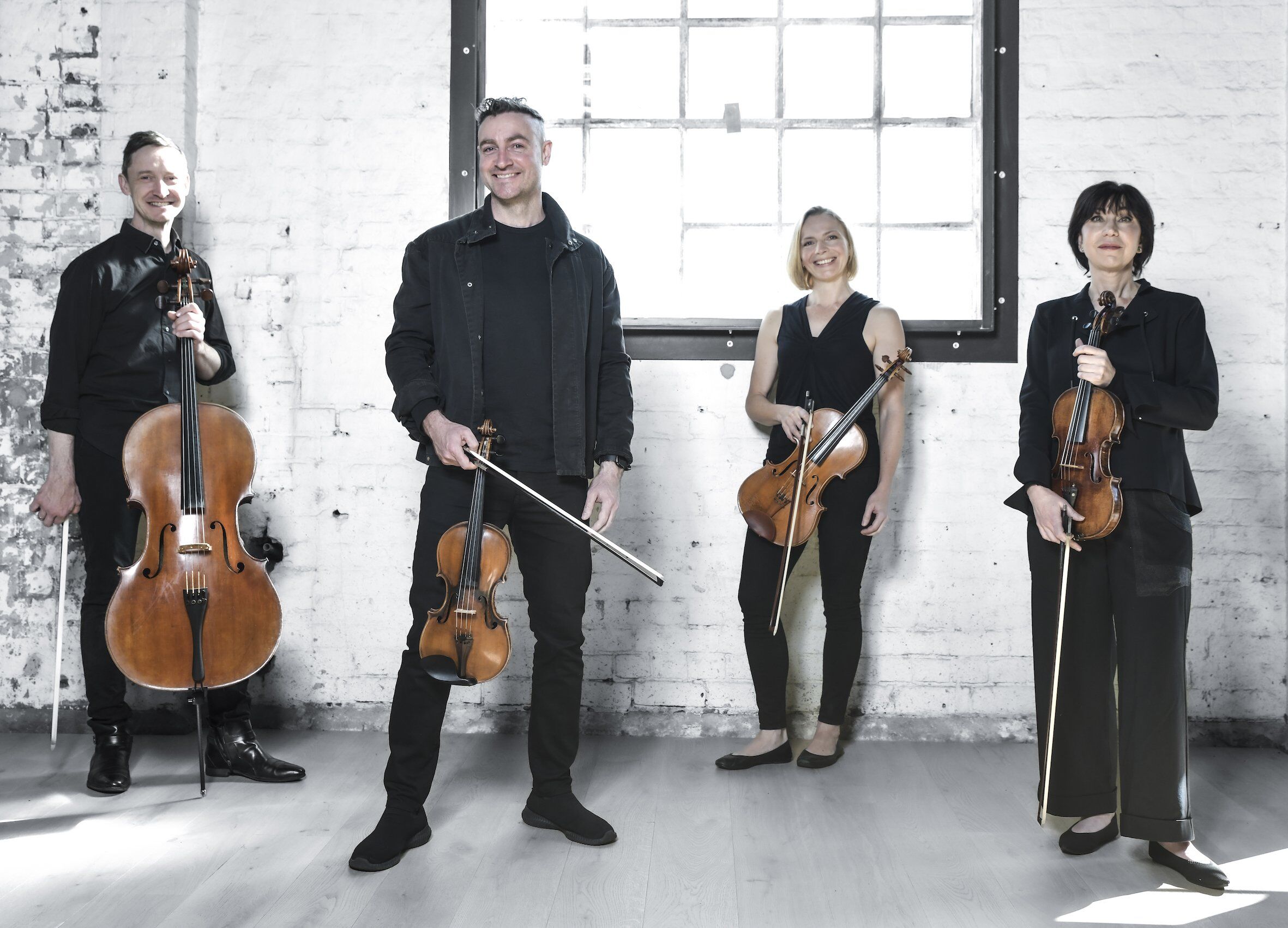

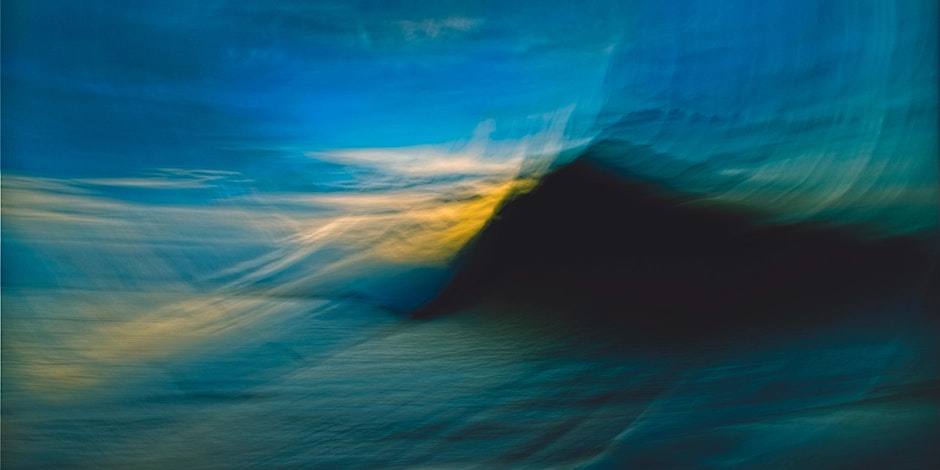



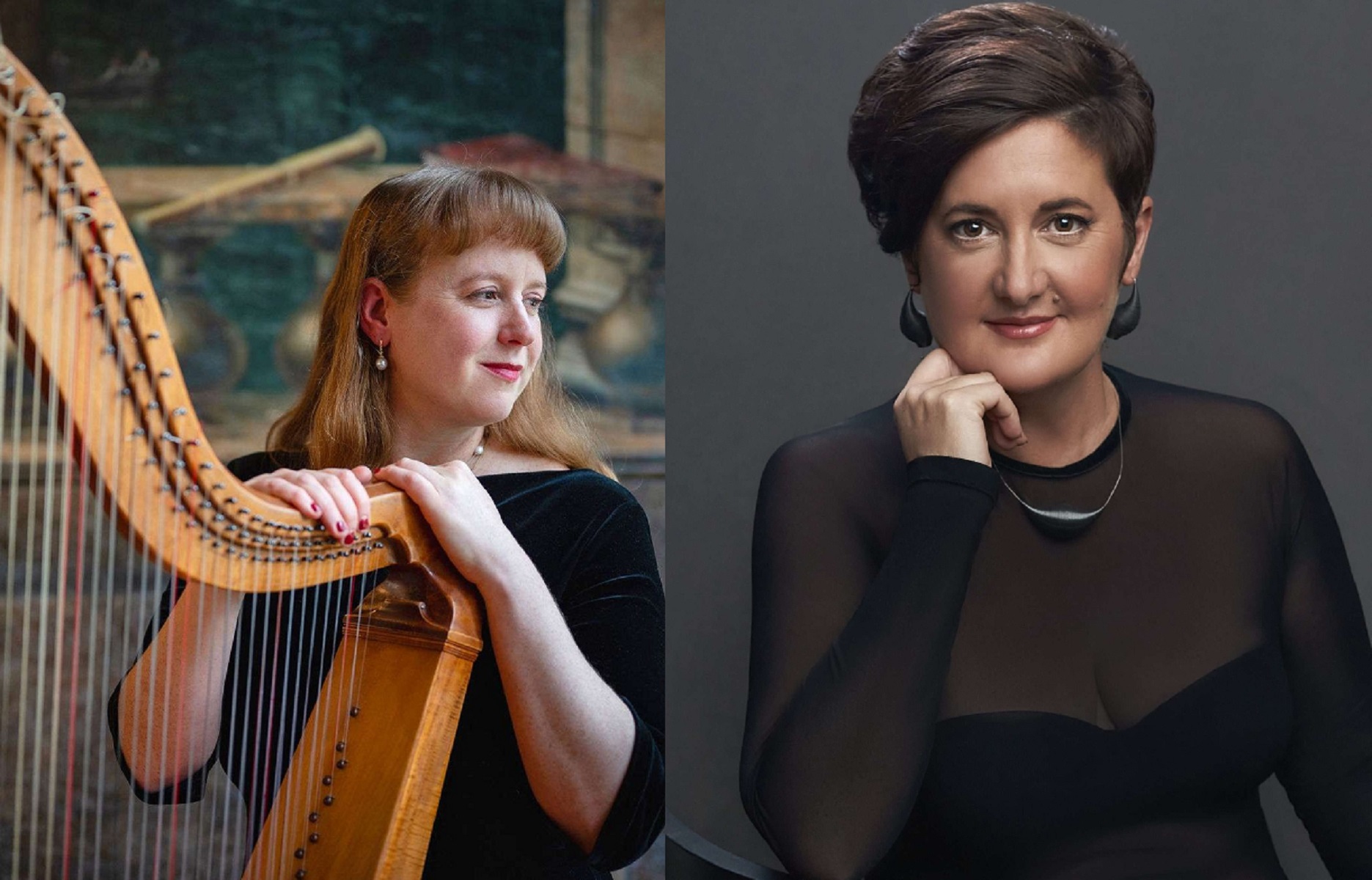
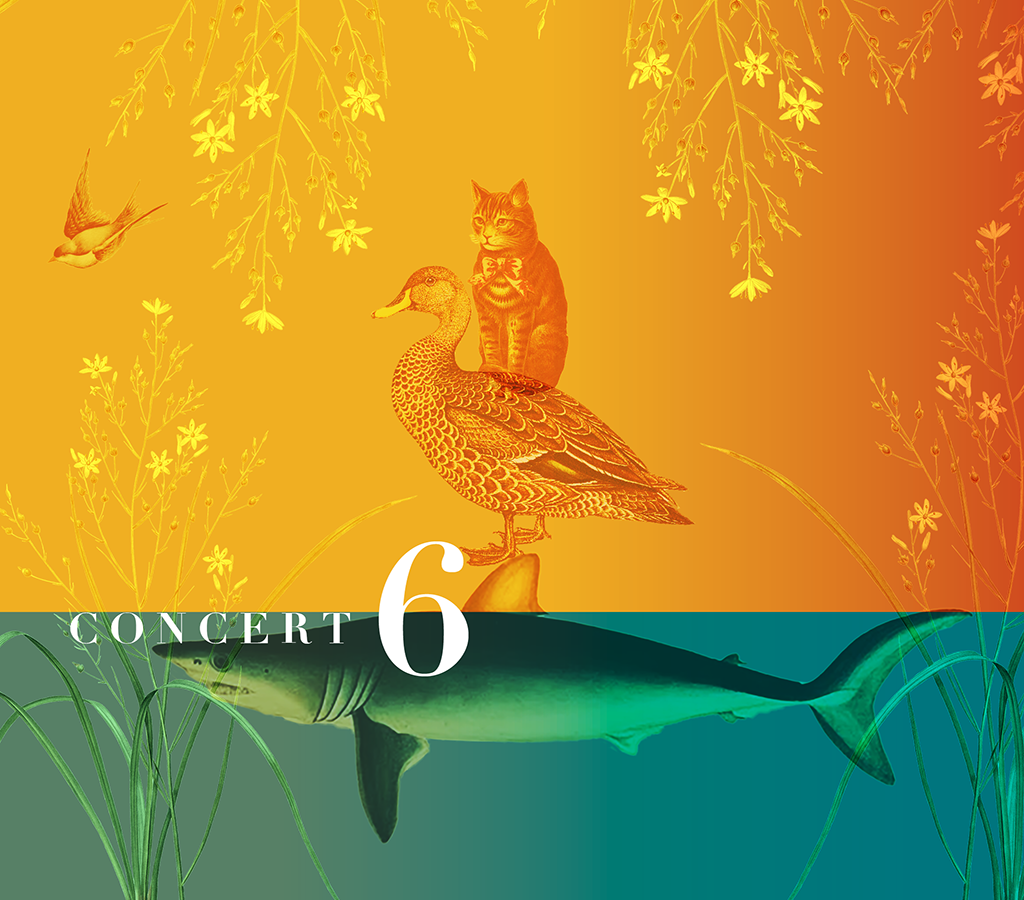

![user222 mrc mostlymozart [splendour of vienna] user222 mrc mostlymozart [splendour of vienna]](https://cdn-classikon.b-cdn.net/wp-content/uploads/2024/02/user222-mrc_mostlymozart_splendour_of_vienna.png)

